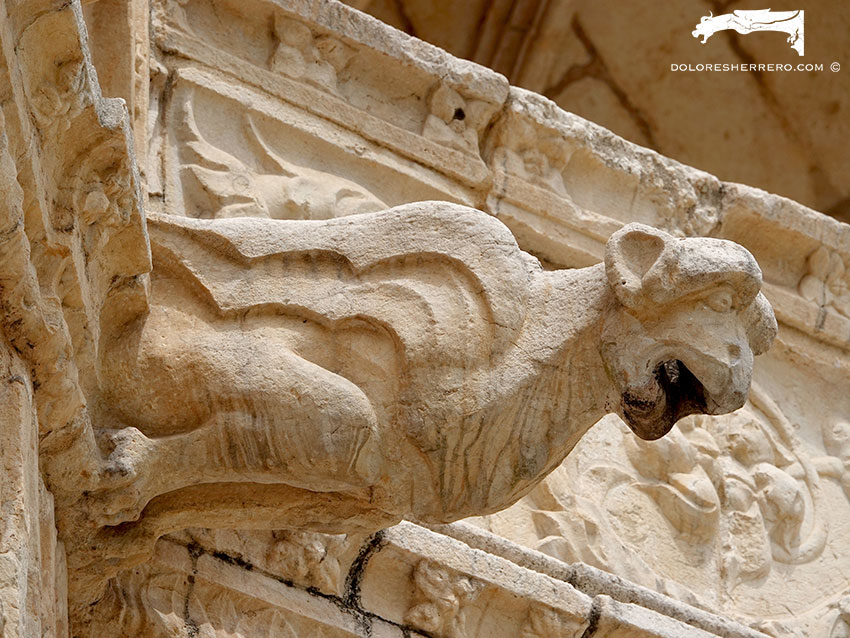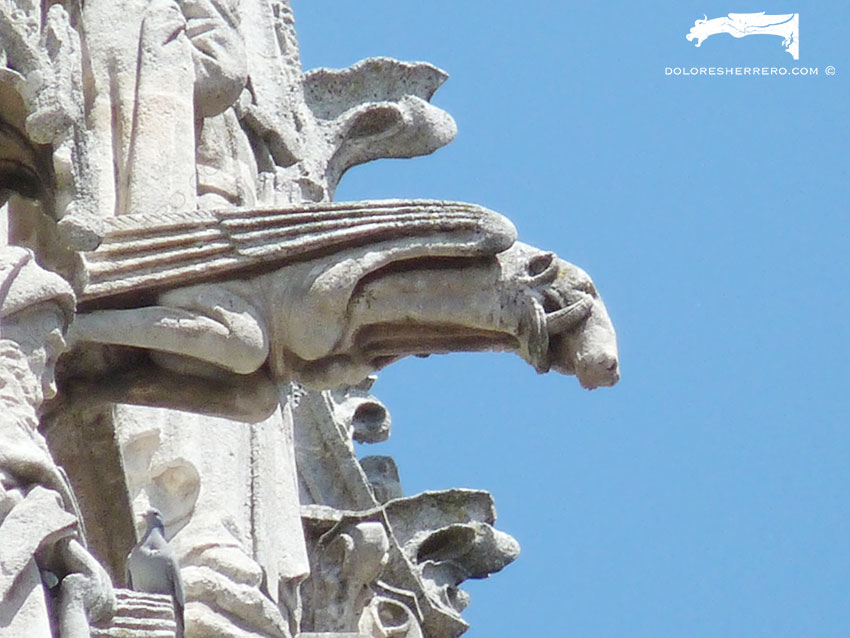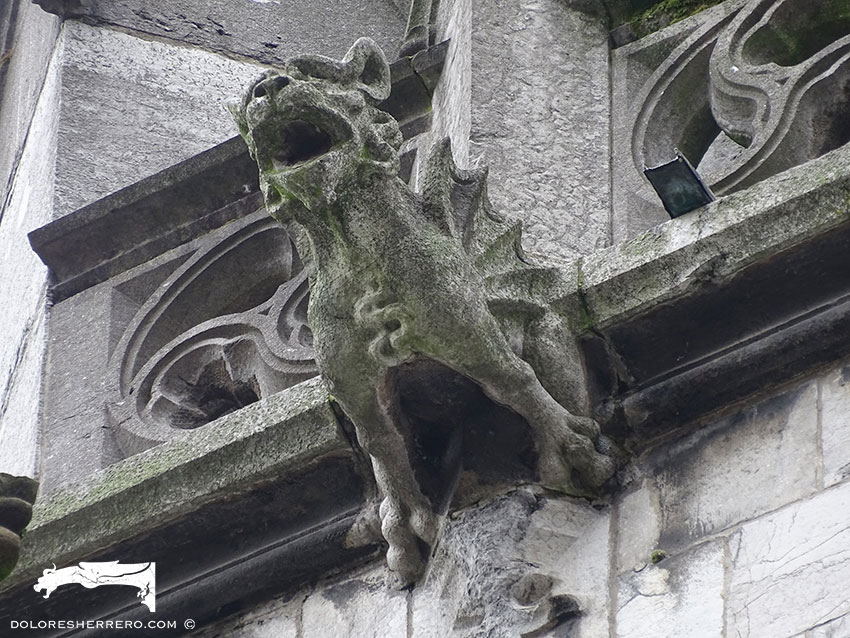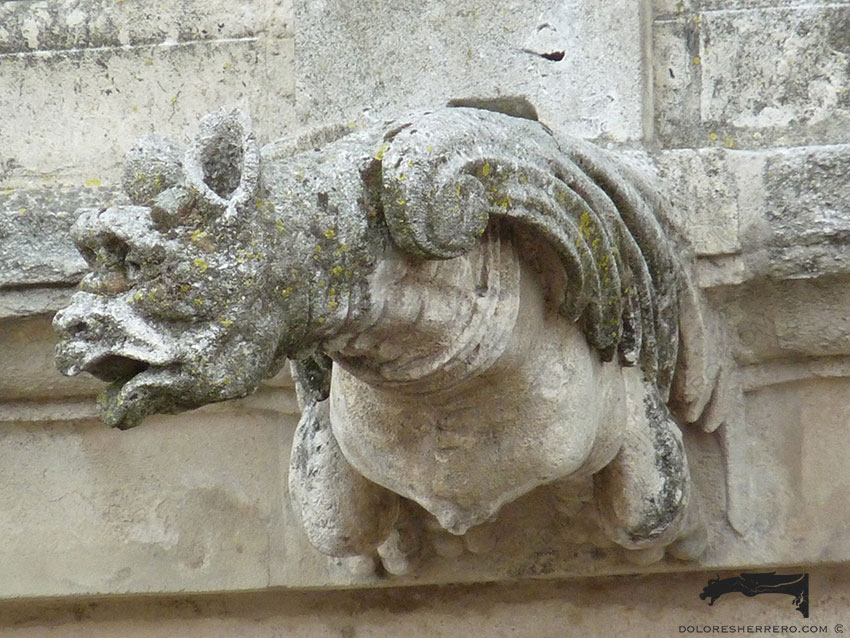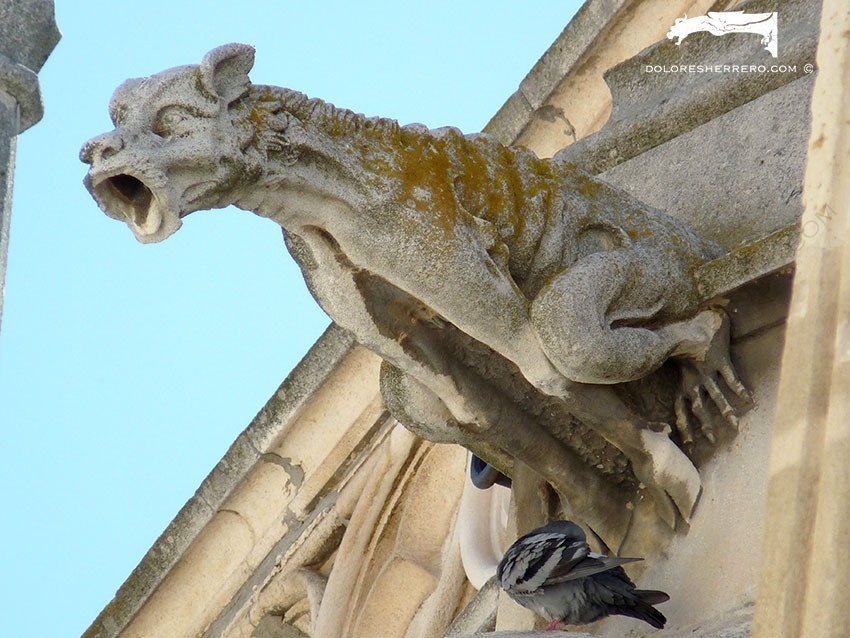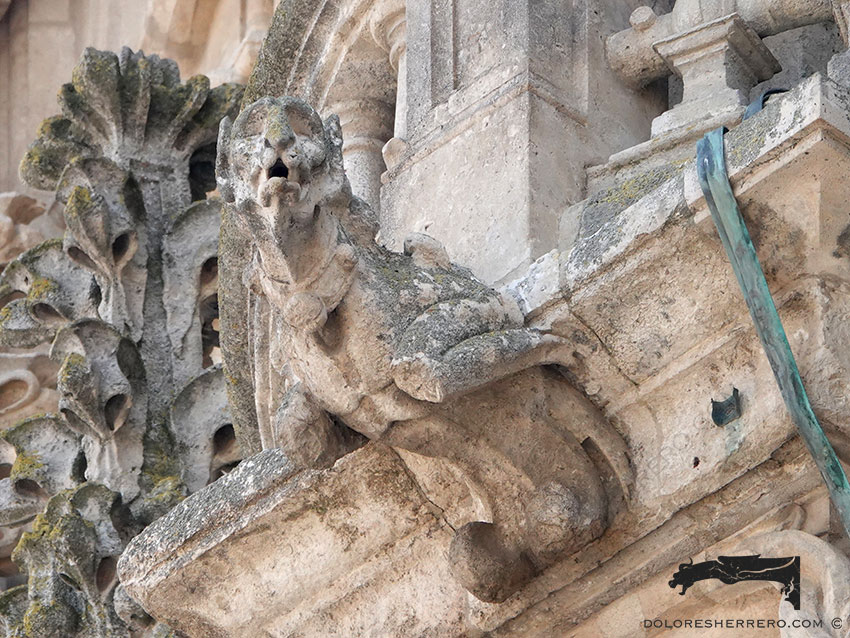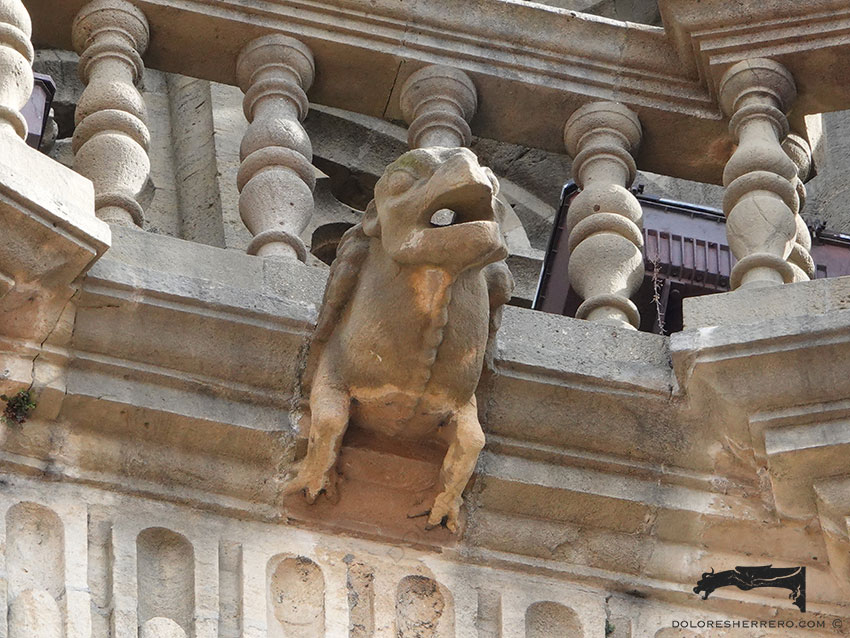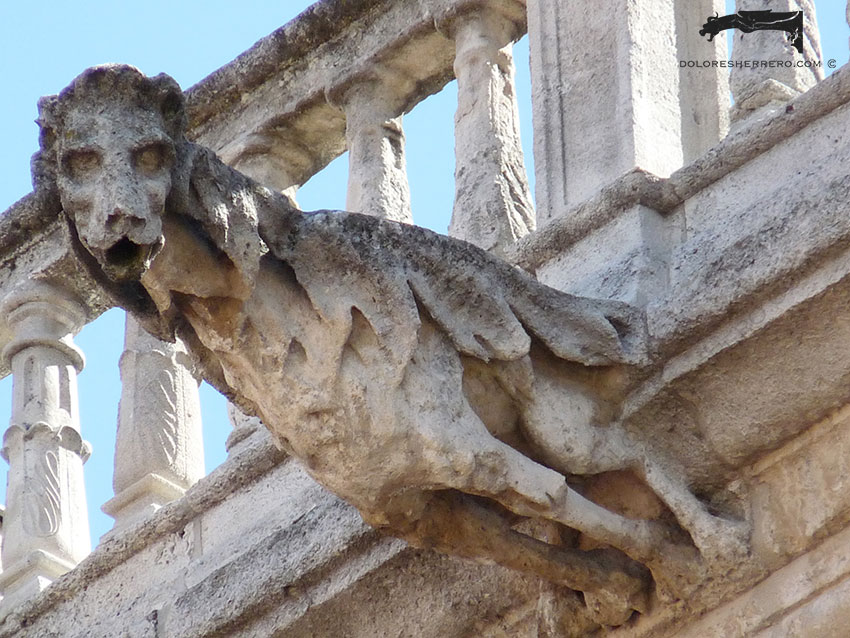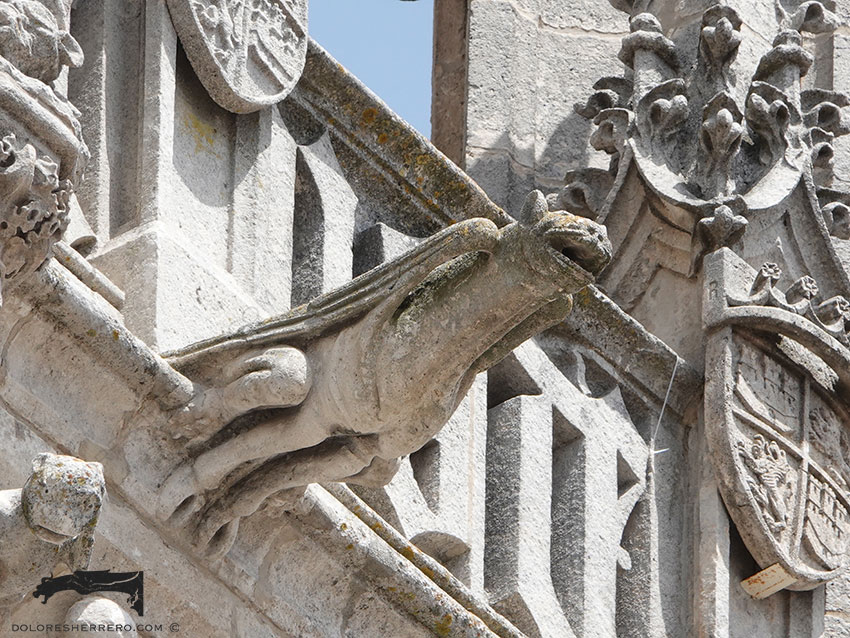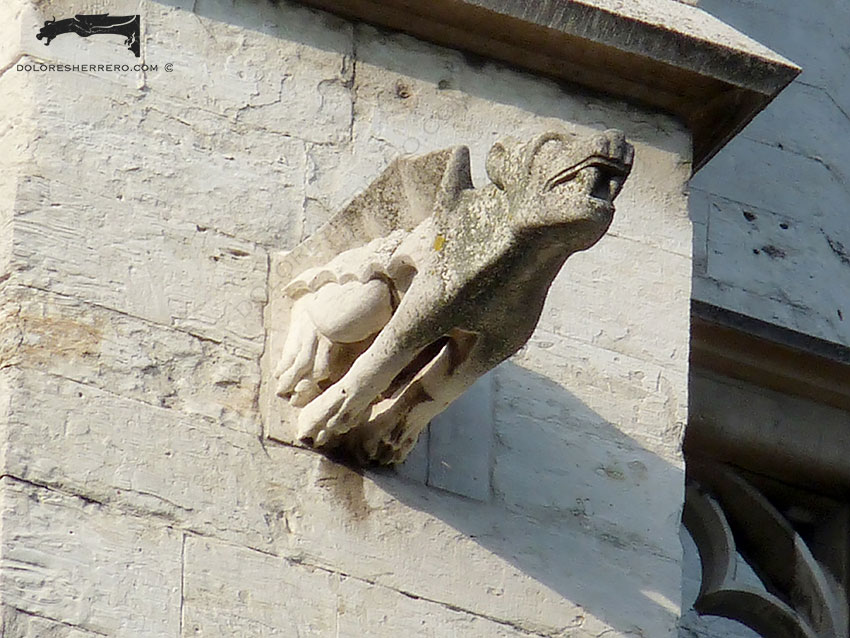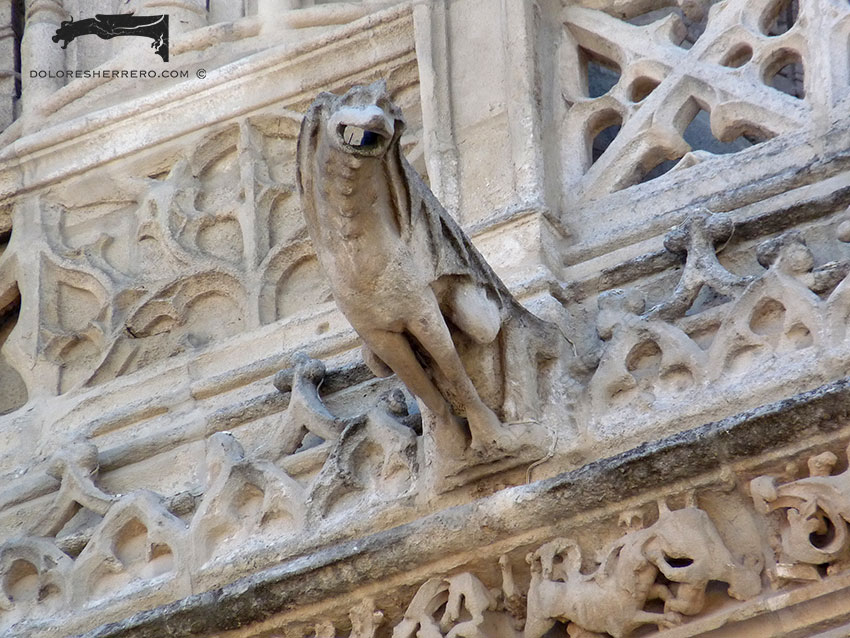We continue with devilish symbolism and its portrayal in gargoyles and, after having seen the most common features of iconography of the devil in our first post, we’re now going to look at some other interesting aspects.
Demons and Other Figures Associated with Evil in Gargoyles
Apart from the images of the devil himself, gargoyles also show figures from other typologies that either depict the devil or have some sort of demonic connotation.
Fabulous Creatures and Their Relation to the Devil
Some fantastical creatures, not only from mythological works but also from folk tradition and superstition, are sometimes associated with evil and symbolise the devil, such as the dragon, gryphon, basilisk, etc.
This kind of connection can also be seen with real animals, a link that relates to animal symbolism and especially to their negative powers, which we discussed in my posts about images of unusual animals in gargoyles.
Real Animals with Demonic Connotations
Apart from the bat, an animal linked to devilish symbolism, we find animal gargoyles with devil-like features (bat’s wings, horns, protuberance, ferocious expressions, crests, goatee beards, etc.). Some sources identify the devil with certain animals. Grivot talks about the devil in the life of some saints, revealing a very interesting source on the metamorphosis of the devil when he manifests himself and pointing to accounts that help us to understand some of the artistic portrayals of this character. For example, he tells that in 988, Saint Dunstan, Abbot of Gladstone Monastery, says that the devil manifests himself in the form of a bear, dog or fox. In 1035, Saint Simeon of Trier heard demons howling like wolves, grunting like pigs, roaring like lions, cawing like crows and imitating eagles, kites and vultures. In the 13th century, Saint Domingo saw Satan in the form of a crocodile. In 1237, the Blessed Jutte, a hermit in Huy (Belgium), saw the devil in the form of monkeys, lions, bears, forest creatures and snakes. In 1292, Father Victor de Buch, from the Company of Jesus, tells how the Blessed Benvenuta Bojani, from Friuli, a sister in the Third Order of Saint Dominic, was pursued by the devil in the form of a cat, snake, monster and dog.
Symbolic Imagination in Demonic Gargoyles
It is only natural that, given the symbolic association of the devil with various animals, gargoyle sculptors should imagine hybrid figures in which demonic forms merge with animal traits. The wide range of creatures linked to the devil in gargoyles reveals the extraordinary creativity of medieval and early modern sculptors, who conveyed fears, beliefs, and traditions through these fascinating stone figures.
Gallery of Gargoyles with Demonic Figures
- Jerónimos Monastery in Lisbon (Portugal)
- Burgos Cathedral (Spain)
- Church of St. Foillan in Aachen (Germany)
- Burgos Cathedral (Spain)
- Mirepoix Cathedral (France)
- Palencia Cathedral (Spain)
- Burgos Cathedral (Spain)
- Oviedo Cathedral (Spain)
- Burgos Cathedral (Spain)
- Burgos Cathedral (Spain)
- Brussels Cathedral (Belgium)
- Burgos Cathedral (Spain)
Bibliography
GRIVOT, D., Le diable dans la cathedrale, Paris, Editions Morel, 1960.
LINK, L., El Diablo. Una máscara sin rostro, Madrid, Editorial Síntesis, S. A., 2002.

Doctor of Art History and researcher specializing in the study of gargoyles.
I am Dolores Herrero Ferrio, and my thesis, “An Approach to the Study of Gargoyles of Gothic Cathedrals in Castilla and León”, is dedicated to the study of these fascinating figures.
If you like gargoyles and art history, you will also enjoy my book, “The Gargoyle and Its Iconography,” a book I have written with great care for those interested in the world of gargoyles.
I have created my own Encyclopedia of Gargoyles, a Gargopedia to share with you, where you will discover all the secrets and wonders of these enigmatic sculptures.
I hope you enjoy this Gargopedia as much as I have enjoyed creating it, and remember that each gargoyle has a story to tell, and here you will discover them all.
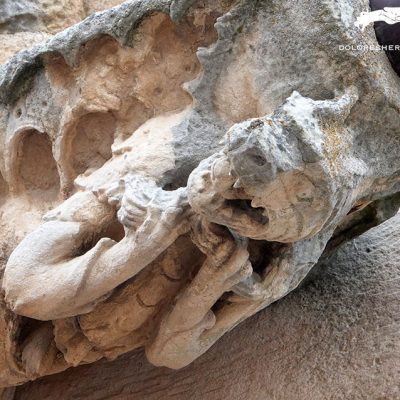 Gargoyles and the Representation of the Devil: Part Three
Gargoyles and the Representation of the Devil: Part Three Gargoyles and the Representation of the Devil: Part Four
Gargoyles and the Representation of the Devil: Part Four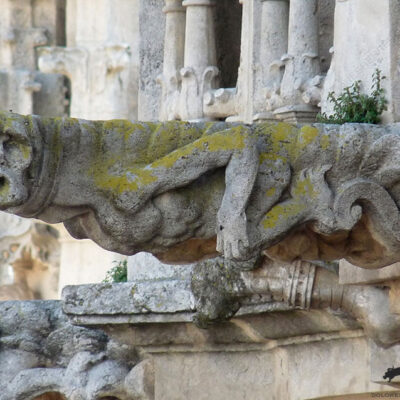 The Gargoyles of the Lantern Tower of Burgos Cathedral
The Gargoyles of the Lantern Tower of Burgos Cathedral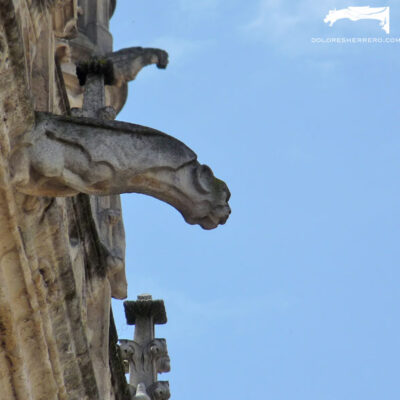 Gargoyles with Bat-like Wings: Dante’s Vision of the Devil
Gargoyles with Bat-like Wings: Dante’s Vision of the Devil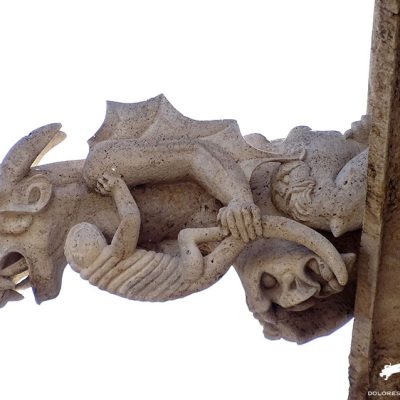 Gargoyles and the Representation of the Devil: Part One
Gargoyles and the Representation of the Devil: Part One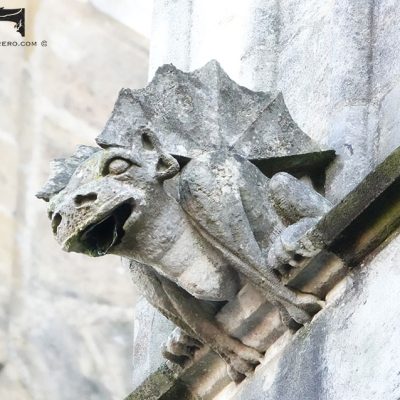 Gárgolas y la representación del demonio: Parte II
Gárgolas y la representación del demonio: Parte II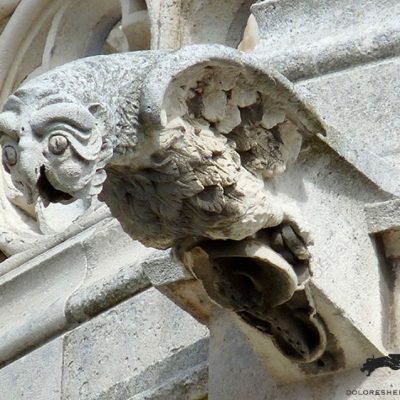 Gargoyles and Unusual Animals: Part One
Gargoyles and Unusual Animals: Part One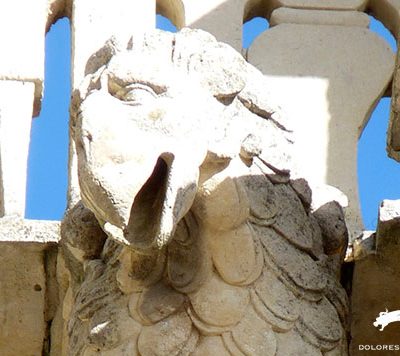 Gargoyles Shaped Like Eagles: Symbolism and Representation
Gargoyles Shaped Like Eagles: Symbolism and Representation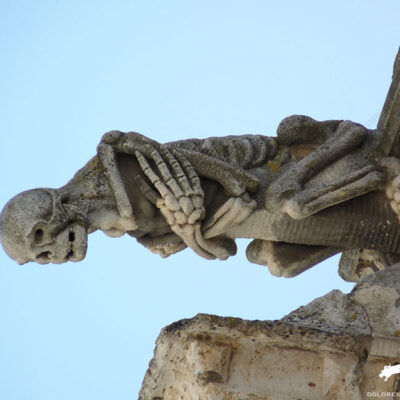 Gargoyles Representing Death
Gargoyles Representing Death